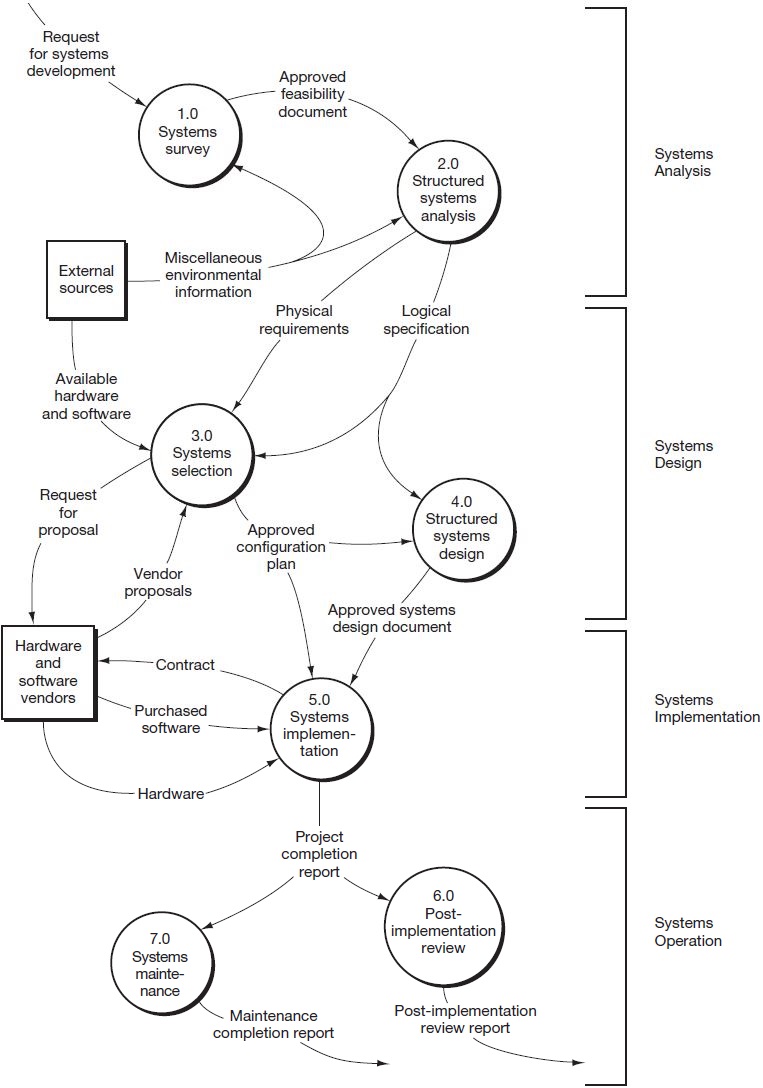Figure 7.1 depicts the systems development life cycle, including the phases, steps, and inputs and outputs for each step. In Chapter 6, we began our study of the systems development process and described the first phase of systems development, the systems analysis phase. In this chapter we consider the remaining phases.
The systems design phase includes two steps: systems selection (choosing software and hardware resources to implement new or revised systems) and structured systems design (detailed specification of new or revised software and the preparation of implementation plans). The systems implementation phase includes completing the design of the new or revised system and converting to that system. The systems operation phase includes two steps: the post-implementation review, during which we assess the adequacy of the new system to meet the users’ requirements and the quality of the development process, and systems maintenance, which involves making minor system repairs and modifications.
Recall from earlier discussions that certain systems development tasks are comparable to tasks undertaken in the construction of an industrial park. In systems selection, choosing software and hardware resources is similar to choosing contractors for a construction project. Structured systems design, planning implementation, and designing software is similar to drafting blueprints and other construction-related plans.
Systems implementation (in which the computer programs are written, the design of databases, files, and documents is finalized, and the system is put into operation) is analogous to the process of actually constructing the industrial park. Post-implementation review, in which the organization checks to see that the system does what it was supposed to do, is similar to the building inspection that occurs soon after the industrial park is completed. Systems maintenance, in which system errors are corrected and enhancements are added to the system, is similar to undertaking plumbing or electrical repairs or minor building modifications, such as moving interior walls and relocating doors.

- 5261 reads






